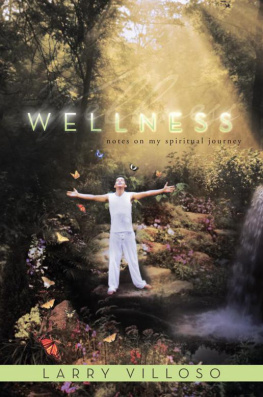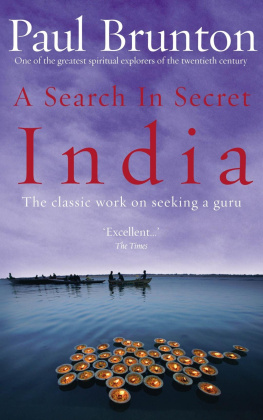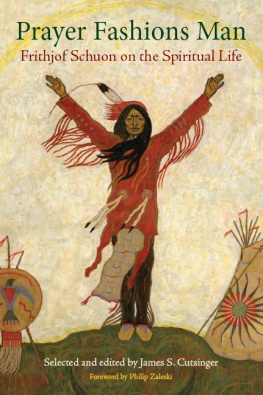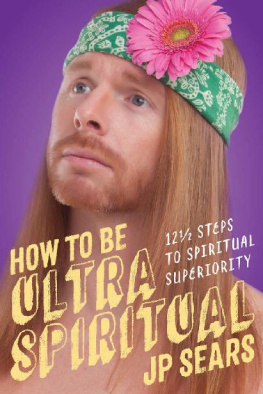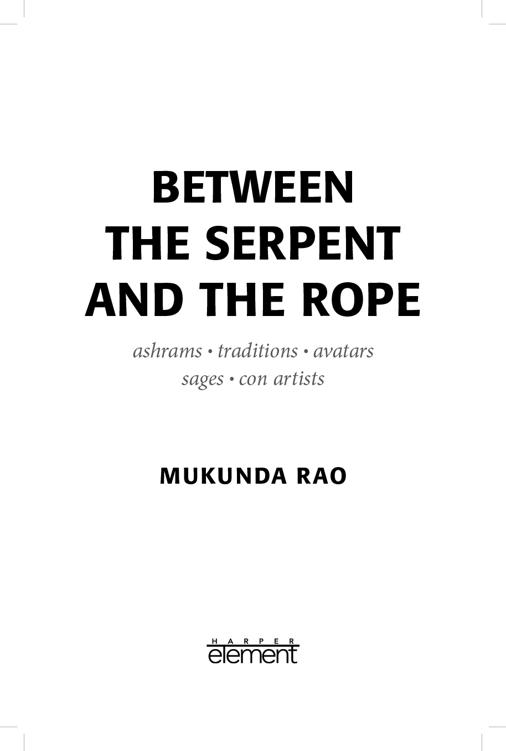Contents
In October 2010, after I took voluntary retirement from my teaching job in a college in Bangalore, I went on a visit to some of the major ashrams and spiritual centres of south India. I needed to revisit the masters who had influenced my intellectual and spiritual growth; it was a vow I had to fulfil, a pilgrimage I needed to undertake.
The present narrative is the result of that journey. It is a personal journey, a self-inquiry as much as an inquiry into the meaning and significance, or otherwise, of spirituality and spiritual movements today, set in the context of notions of enlightenment or freedom, wisdom and peace, and examined from the perspectives of various spiritual traditions.
I believe that between Kaladi, Thiruvannamalai and Vasanta Vihar exist Indian spiritualities thick and complex, like stories within stories, and I have tried to retell these stories both in the personal and general context. In the process, I found it necessary to consider, at least briefly, the popular spiritual movements led by Sathya Sai Baba, Sri Sri Ravi Shankar, Kalki Bhagavan and Mata Amritanandamayi. Its a mixed bag, and I have not held back my opinions, which may be rather strong.
Spirituality is tricky business, a difficult path to tread. It is not only as sharp as the edge of a razor and hard to cross, as the Katha Upanishad warns, but fraught with a hundred charming self-deceptions as well. One has to be alert and honest to the core to walk this path. Truth cannot be approached without truthfulness, and that is the first lesson in spirituality; for, without honesty, well just keep drifting through the lanes and bylanes of religious chicanery and fraud.
Unfortunately, much of what goes on in the name of spirituality today is a con game. The gurus in the marketplace are mostly welfare organizations providing some gratifying experiences to their followers. The holy business is a profitable industry. But then, this holy business is not a modern phenomenonit has been in vogue for centuries now. Even from the time of the Buddha, religious gurus in the market have always flourished, exploiting the gullibility and fears of people. The religious guru was the first salesman, so to speak, selling goods people didnt need and promising benefits he could never deliver. The Buddha called such a person or guru an old jackal afflicted by mange, and warned his monks against succumbing to gains, honours and praise. Some years after the Buddhas death, making a keen observation on the spiritual degeneration prevalent at the time, and on corrupt gurus in particular, a monk named Phussa cautioned thus: They practise medicine as if they were doctors; they have many duties, just like the householder; they dress themselves up as if they were courtesans; and they are as fond of exercising authority as a nobleman. Chasing after opportunities, excuses and stratagems, they build their careers and accumulate wealth. Phussa could well have been talking about contemporary gurus.
The writing of this book had been a long and chequered journey, but there is no full stop; my journey continues. In the course of working on this book, many friends were of great support and encouragement. I remember here with gratitude Amaresh Deshpande and Christopher Quilkey for their support and appreciation of my work, Veerabhadraiah for his warmth and generosity, Chandrashekar Babu for his love and encouragement, and Rajeshwara Rao for his critical comments and useful suggestions. Many thanks are due to Shruti Debi for her helpful advice and to my editor, Rukmini Chawla Kumar, for her excellent editorial assistance.
Mukunda Rao
January 2014,
Bangalore
The story goes that one day, while Shankara was walking through a narrow lane in Varanasi, a mad elephant charged at him. He stepped aside to avoid being knocked down by the elephant.
A dvaitin, dualist, who was witness to this incident, walked up to Shankara and asked him, If the world is an illusion according to you, why then did you have to step aside? Wasnt the elephant only imaginary?
Shankara replied, My stepping aside was imaginary too!
This story is supposed to be a joke about Shankaras mayavada, theory of illusion. For some reason, it is the first thing that came to my mind as I stepped out of the train at Angamaly station, but I was unable to decide if the joke was on advaitins or dvaitins.
The train was destined for Thiruvananthapuram, and not many got off with me. A musty odour hung in the air under the slope-roofed platform, and it was relatively calm, with only a handful of people around. Outside, autorickshaws were parked in a row by the kerb, and their drivers stood near a tea shop, chatting and laughing, in no hurry to get passengers.
The sky was a burning grey, the air hot and humid: I was already sweating. According to the driver of the autorickshaw I took, it had rained heavily two days ago. In his forties, wearing a brown shirt and light-orange lungi, with an endearing smile playing on his face, the name Jolly suited him well. Jolly knew no language other than his mother tongue, Malayalam, but I think he caught what I said in my more than passable Tamil peppered with English words.
We drove through the recently asphalted, broad Angamaly main road, with some well-known restaurants, banks and commercial establishments lined on both sides.
Veg or non-veg? Jolly asked.
Vegetarian, I said. A decent hotel but not very expensive, I added in Tamil.
In twenty minutes, we were in Kaladi. The road became narrow, the buildings on either side crowding in on us, and the volume of traffic thickened along with the dust, fumes and noise. Jolly now girded his loins and bent slightly forward to negotiate the speeding buses and cars, the dodgy bikes and autorickshaws, and the pedestrians scurrying across the road, hands raised in the style of traffic police signalling stop.
A couple of hotels with attractive names caught my eye, but before I could ask Jolly to stop so that I could find out how suitable they were, he had turned the three-wheeler into a lane and pulled over in front of a hotel that looked new. From outside, the four-storeyed Puja Residency looked as good as any three-star hotel: glass facade, huge porch, automatic glass doors and tall turbanned, mustachioed guard with a welcoming smile. Behind the receptionist, a lone picture of Jesus adorned the wall. The tariff was not out of reach and, as it turned out, it was a good place to stay. Shankaras birthplace was only about 1.5 km from the hotel.

The story goes that one typically hot day, about 1200 years ago, the widowed mother of Shankara, Aryadevi, fainted on her way to the Poorna river. Moved by his mothers hapless condition, little Shankara prayed to Lord Krishna, their family deity, to make the river flow close to the house so that his mother would not have to walk 3 km daily for her bath. The Lord acceded and lo, the river took its new course, flowing past the place marked by the little boys feet. Thus, it is said, the place came to be called Kaladi, which means footprint in Malayalam.
Today, on the banks of the Poorna river (now called the Periyar river) stands the Adi Shankara Janmabhoomi temple. Its a large, square structure, the pointed gopurams of the shrines to the Goddess Sharada and Shankara rising above the tiled roof. Inside the temple complex, there are wide corridors and large grilled windows; the place is calm and airy. The shrine to Goddess Sharada is an elegant structure situated in the left corner. A hum of chanting comes from the sanctorum. I stand by the steel railing and peek at the idol covered in gold, which, I gather later, is a replica of the original one at Sringeri. Incidentally, a smaller stone version, sculpted by the noted Bangalore-based sculptor Kanaka Murthy is mounted on a wall of the drawing room in my house.



